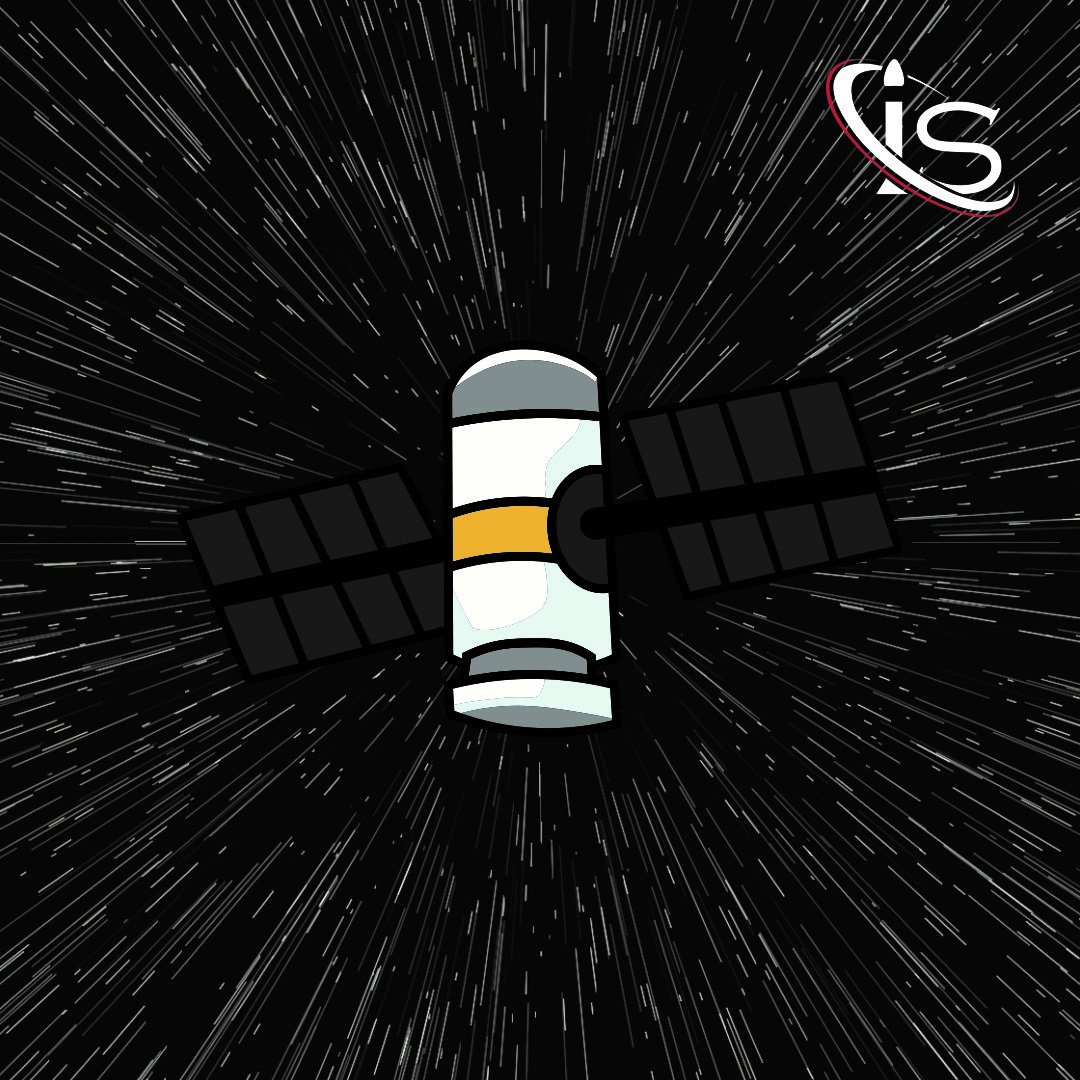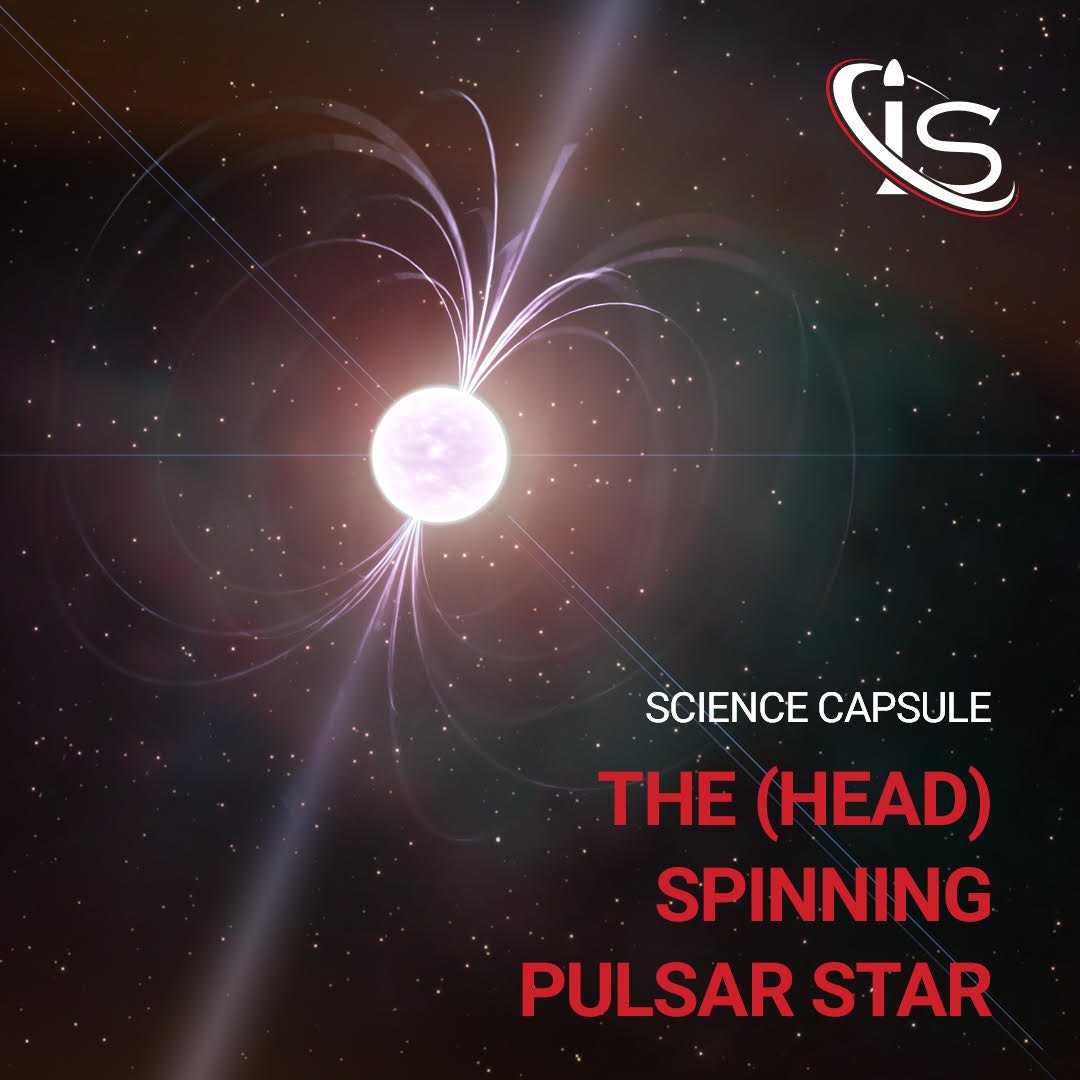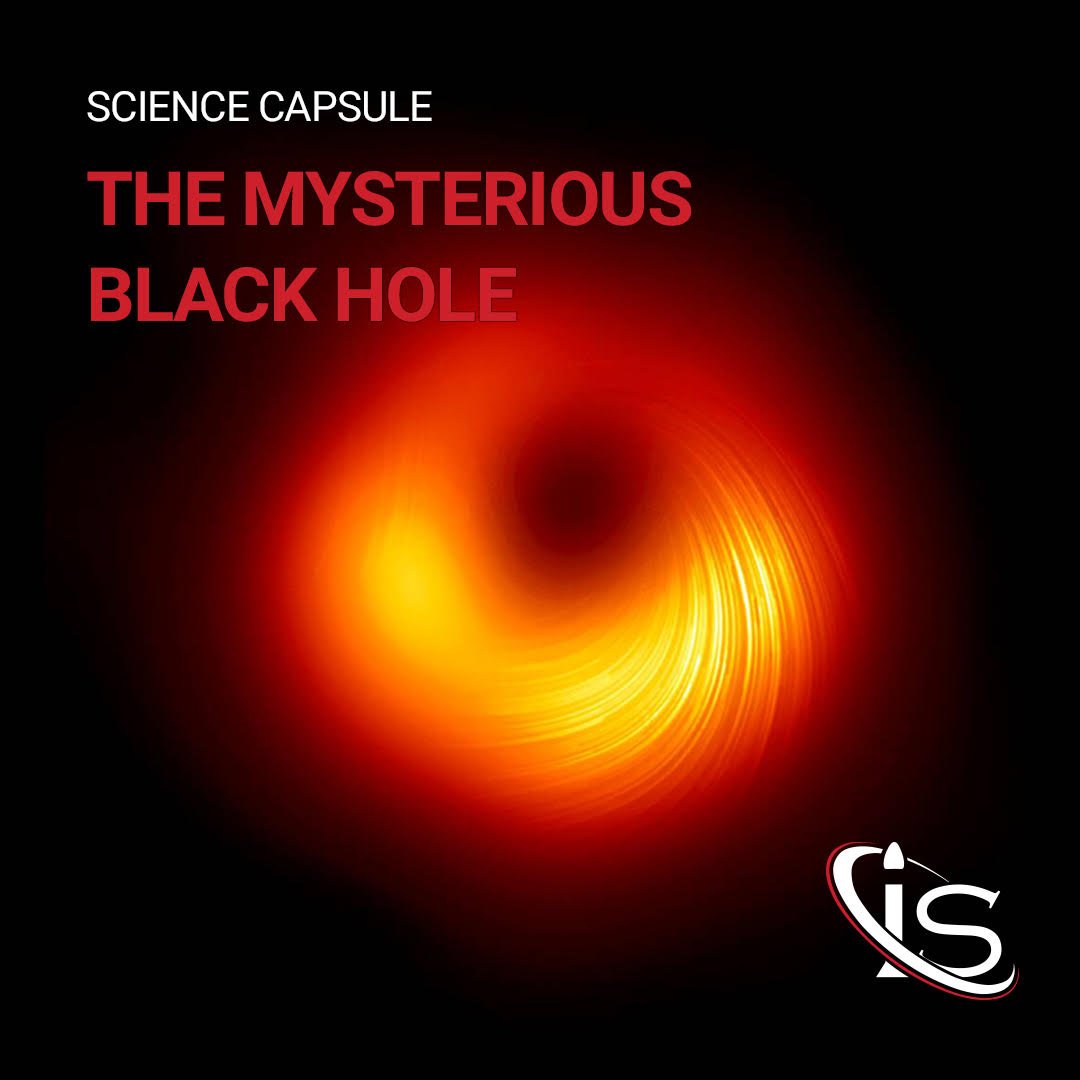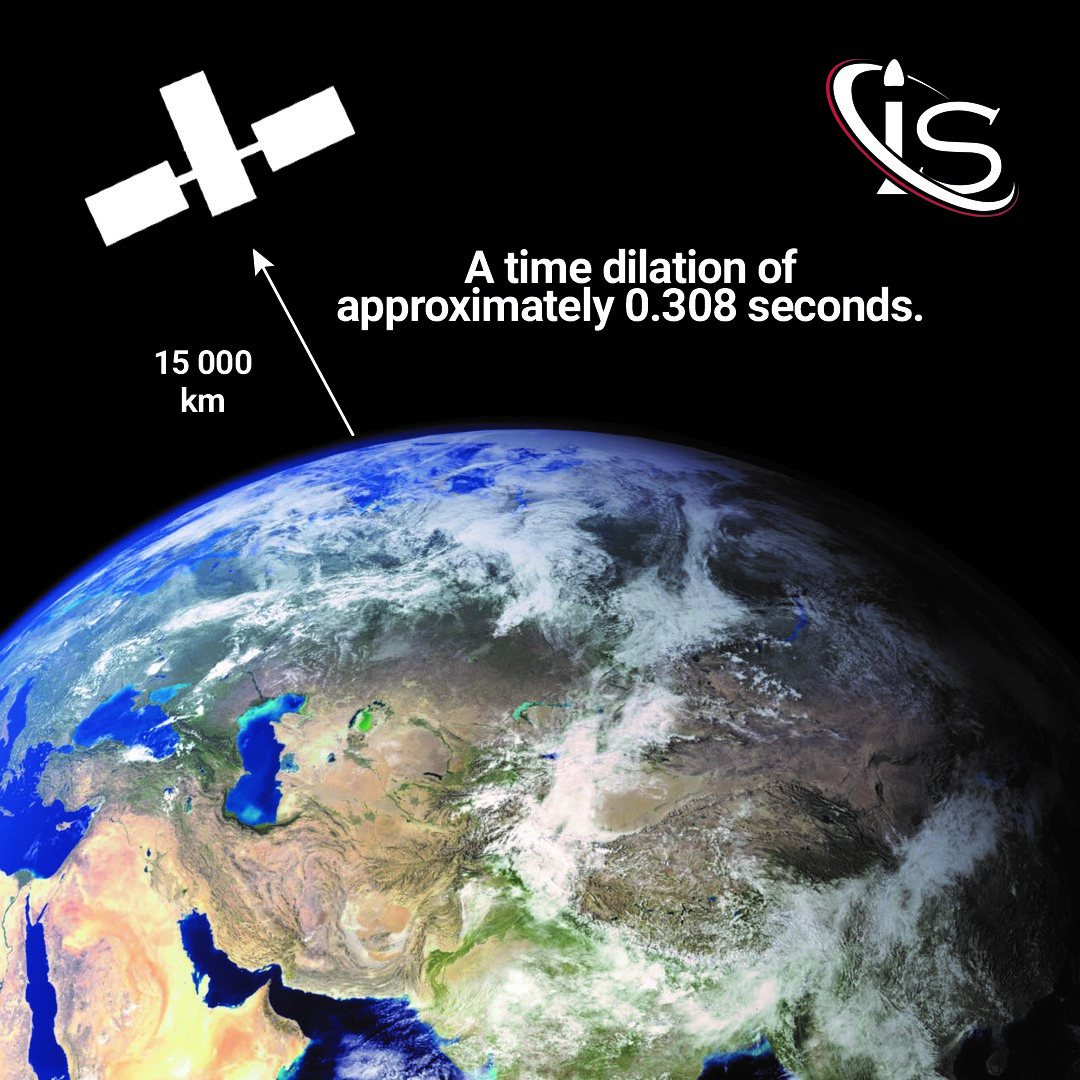There are many things that we cannot see with the human eye but are crucial to how the universe works. From the subatomic particles that make up everything we see to the vast expanse of dark matter, often times in science the key to understanding something is hidden from us. And yet, even before being able to directly observe these, scientists have been able to theorize their existence from deductive reasoning… and a much better grasp of the physical world than I could ever hope for. And today’s discussion is on one such topic: gravitational waves.
First theorized by the one and only Einstein, these waves can almost be akin to the fabric making up the universe. And with their official discovery dating back to 2015 it seems appropriate to discuss them further. Quick personal note here: I still remember when gravitational waves were first directly observed. I was in high school and, as a huge Einstein fan, that moment just solidified him as my all-time greatest scientist. So, let’s jump into the world of gravitational waves.
Einstein’s Theory
With the first person to think of them being the great Albert Einstein, it, perhaps, comes as no surprise that gravitational waves are related to his theories on relativity. Specifically, these are directly tied to the general theory of relativity. And while there could be a whole capsule done on that, for now, suffice it to say that this is the theory related to how gravity affects the space time continuum. Although, if you would like to see an application of this, check out our capsule on how time passes on satellites.
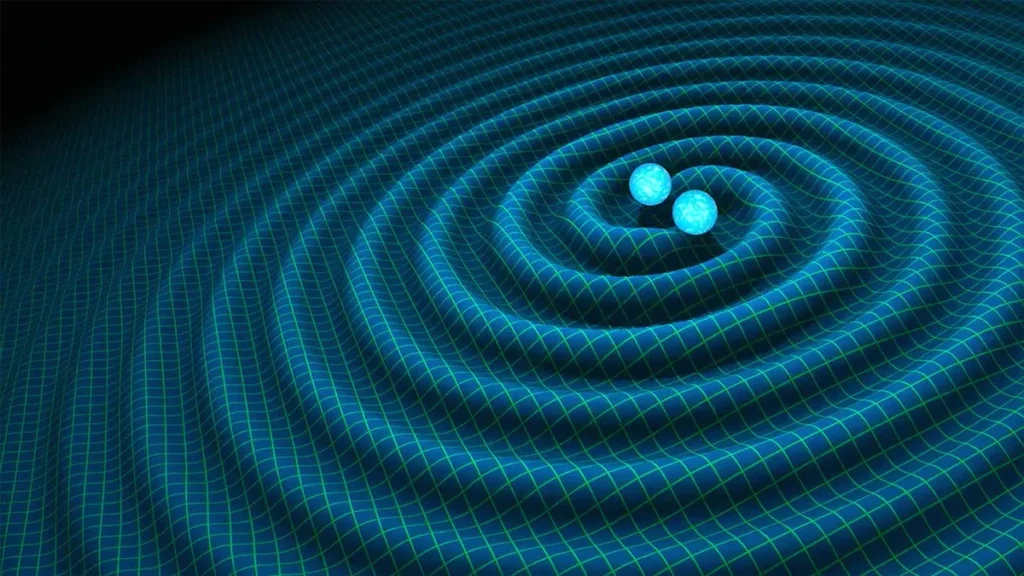
But how does this relate to gravitational waves exactly? Well, the answer is slightly complicated. While general relativity can be applied to any massive object, even ones whose relativistic corrections are relatively small, the same cannot be said about gravitational waves. In fact, these originate from some of the most energetic and violent phenomena in the universe. Examples of these include black holes, supernovae, neutron stars, etc. Some of the biggest waves form as a result of a collision of such objects. Basically, the stronger the event, the greater the wave. So, how does that all relate to general relativity?
Well, general relativity proved that gravitation has an innate speed, the same as the speed of light, in fact. So, gravitational waves being, effectively, ripples in gravitation ties them intrinsically to said theory. Furthermore, Einstein first theorized their existence in his theory of general relativity, itself. But to better understand all this, it is necessary to dive a little deeper. And what better way to do that than to study the history behind this topic?
Gravitational Waves: A Brief History
We already established that the idea behind them first came about through Einstein. For anyone curious about the specific year it was 1916. However, as you might imagine, our knowledge of gravitational waves did not remain the same from then to when they were officially proven to exist in 2015. Back in the 1970’s — 1974, to be exact — a big breakthrough occurred in the study of this topic.
Two astronomers Russel Hulse and Joseph Taylor used the Arecibo Radio Observatory to discover a pulsar 21000 light years from Earth. This proved to be the perfect opportunity to test Einstein’s theory on gravitational waves. So, Taylor and two of his colleagues, Joel Weisberg and Lee Fowler began studying said pulsar. More specifically, they observed how the two stars’ orbital period changed over time. And after 4 years of research, they found that the data matched the prediction made by general relativity if the pulsar was indeed generating gravitational waves. While this was not an outright confirmation of the existence of this phenomenon, it did bring further credence to it. In fact, in 1993, Hulse Taylor were awarded the Nobel Prize in Physics for their work on the study of gravity through a binary pulsar.
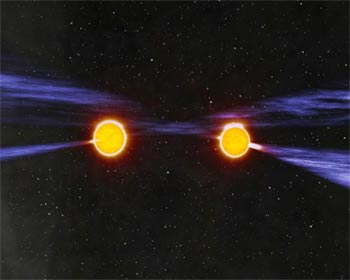
After this discovery, the interest in gravitational waves continued growing larger and larger. However, the world of astronomy and astrophysics was still waiting for concrete proof. And on September 14th, 2015, it got just that.
The LIGO Discovery
It is time to talk about the momentous occasion that finally confirmed the existence of gravitational waves. In 2015, LIGO — or the Laser Interferometer Gravitational-Wave Observatory — was the first instrument to detect the ripples in spacetime caused by gravitational waves. The waves in question originated from two black holes colliding 1.3 billion light years away. Quick aside here, but I just find it really incredible that we can detect anything that is that far from Earth. Regardless, the readings picked up by LIGO were the first to conclusively prove the existence of gravitational waves. Meaning that this concept ideated almost exactly 100 years in the past was a concept no more… well it was, but it was no longer just a concept.

The LIGO discovery is also a good chance to talk a little more about how gravitational waves propagate through space. While the initial strength of them is quite intense due to the events that generate them, they get progressively weaker as they travel away from the source. In fact, the ones that reached LIGO caused a distortion in spacetime smaller than 1/10,000th the nucleus of an atom. And that was from a collision of two black holes, one of the most violent events possible. But this does show just how much weaker gravitational waves get by simply traveling through space. It also shows how incredibly sensitive to these ripples in spacetime LIGO had to be to detect them. I would say that definitely makes it worthy of its name.
And with that, I leave you for the day. I hope you enjoyed learning about this fascinating phenomenon. As an Einstein fan, I very much enjoyed writing about it. See you all in the next capsule!
